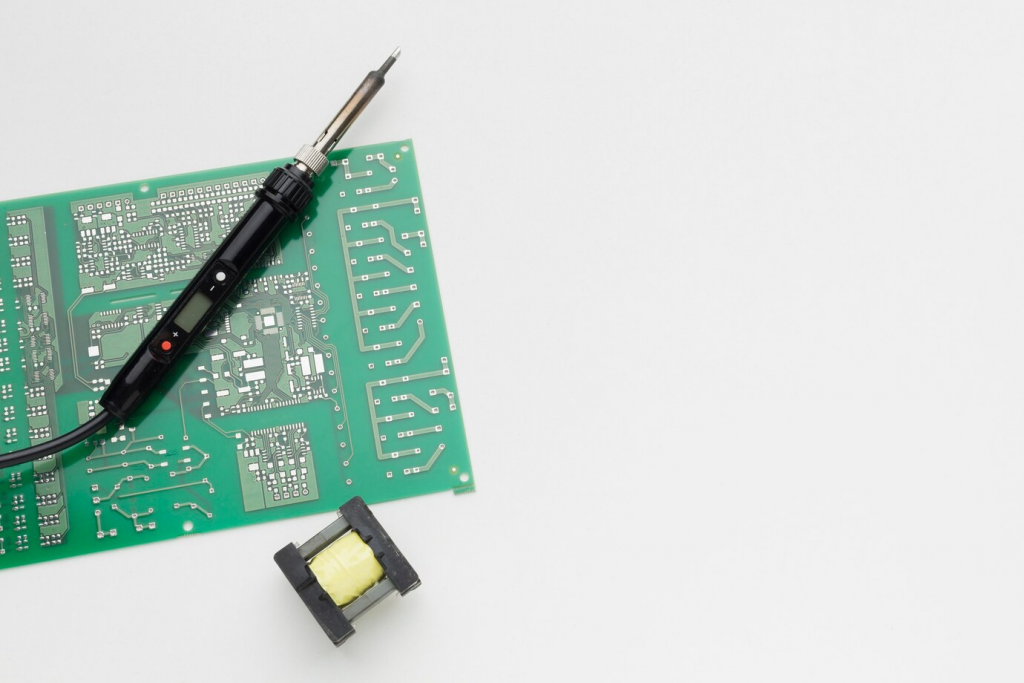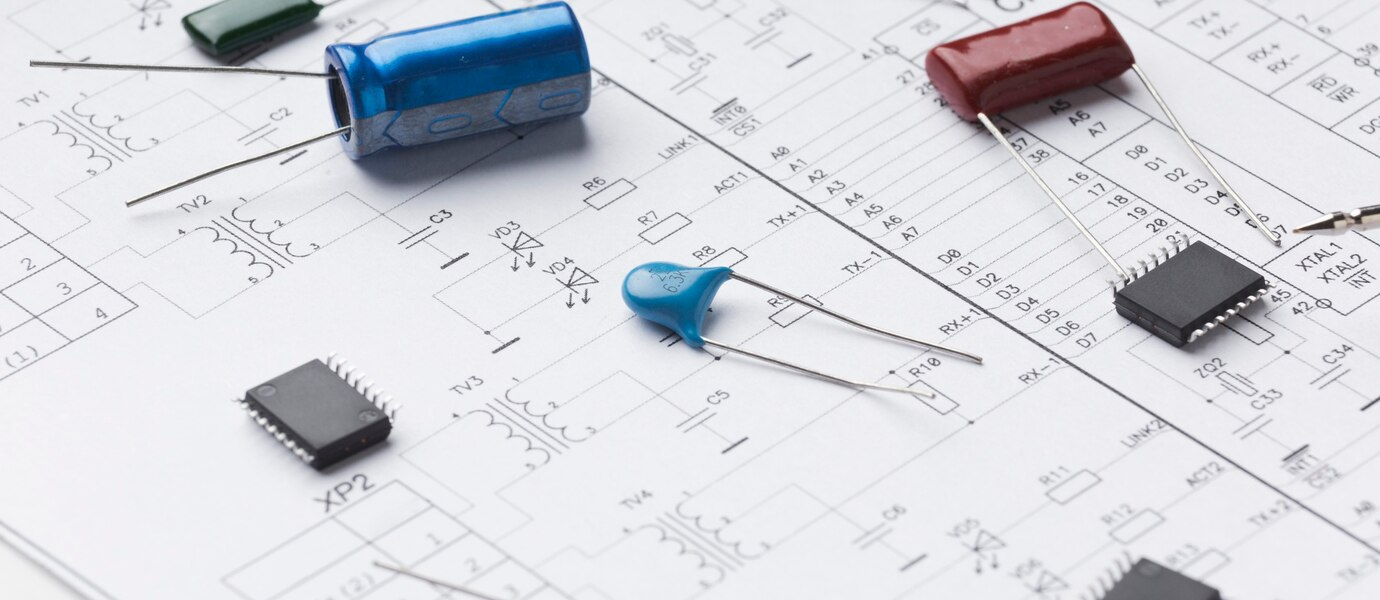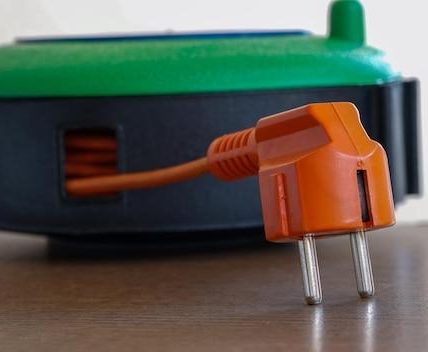When delving into the realm of electronics and electrical circuits, one fundamental concept that one must grasp is the potential difference. Also known as voltage, potential difference is the driving force that facilitates the flow of electrical energy from one point to another within a circuit. In essence, to calculate the potential difference across a resistor, one employs Ohm’s Law, which relates the voltage (V), current (I), and resistance (R) in a simple, yet powerful equation: V = I * R. Understanding this relationship affords insight into how electric potential, voltage drops, and currents flowing interact to keep the modern world powered.
Essential Tools and Techniques for Calculating Potential Difference
The Role of Ohm’s Law in Electrical Measurements
Ohm’s Law is the cornerstone of electrical engineering, serving as a basic tool to decipher the intricate dance of electrons within a conductor. At its core, Ohm’s Law posits that the potential difference across a resistor is directly proportional to the current flowing through it and its resistance. A potential difference, often known as electric potential, signifies the amount of potential energy available to push electrons through a resistive material. It is this pressure or force that instigates the flow of currents, akin to the way water pressure propels water through a pipe. To calculate this, one must know both the resistance of the component and the amount of current passing through.
Instruments for Measuring Potential Difference
To measure potential differences within a circuit, electricians and engineers often turn to a multimeter. This versatile instrument can measure voltage, current, and resistance. However, the ability to calculate potential differences theoretically, using Ohm’s Law, can not only help predict how a circuit should behave but also troubleshoot issues effectively.
- To begin calculations, ascertain the total resistance if there are multiple resistors. When resistors are arranged in a series, one simply sums their individual resistances to find the total resistance:
Total Resistance (R_total) = R1 + R2 + R3 + … + Rn
- If the resistors are in parallel, calculating total resistance is slightly more nuanced, requiring the use of the following formula:
1 / R_total = 1 / R1 + 1 / R2 + 1 / R3 + … + 1 / Rn

A Step-by-Step Guide to Calculating Potential Difference Across a Resistor
The Formula for Potential Difference
At the heart of electrical circuit calculations is the formula derived from Ohm’s Law. If we consider a simple circuit with a battery having a known supply voltage and a single resistor, the potential difference across that single resistor can be ascertained by using the formula V = I * R. Here, ‘V’ stands for the potential difference, ‘I’ represents the current, and ‘R’ is the resistance of the resistor.
Practical Example of Calculating Potential Difference
Consider a circuit in which a 9V battery powers a sequence of three resistors in series. If these resistors have individual resistances of 2Ω, 3Ω, and 5Ω respectively, the total resistance can be calculated as follows:
Total Resistance (R_total) = 2Ω + 3Ω + 5Ω = 10Ω
Given the supply voltage (V_supply) from the battery of 9 volts, and using Ohm’s Law, we can deduce the overall current flowing through the circuit:
I = V_supply / R_total = 9V / 10Ω = 0.9A
This same current flows through all three resistors in series, and by using Ohm’s Law again, the potential difference across each resistor can be calculated. Thus, for the first resistor:
V1 = I * R1 = 0.9A * 2Ω = 1.8V
Repeating this calculation for the other individual resistors would yield their respective voltage drops across each component. It is important to understand that the potential differences across all individual resistors should add up to the supply voltage due to the conservation of energy within the loop.
| Resistor (Ω) | Voltage Drop (V) |
|---|---|
| 2 | 1.8 |
| 3 | 2.7 |
| 5 | 4.5 |
Total voltage drops add up to 1.8V + 2.7V + 4.5V = 9V, which equates to the supply voltage from the battery.
Common Pitfalls and Tips to Ensure Accurate Calculations
Avoiding Calculation Errors
One common oversight in calculating potential difference is the incorrect assumption of the current’s value across different parts of the circuit. Especially in parallel circuits, while the voltage across parallel branches remains the same, the current flowing through each branch may differ depending on individual resistances. Another frequent error is not accounting for all resistors in a circuit when calculating total resistance, which can lead to an underestimate of the total power delivered by the power supply.
Expert Tips for Accurate Measurements
To combat these pitfalls, always double-check the circuit configuration and the arrangement of the individual resistors. Consider the following expert tips:
- Ensure clarity on whether resistors are in series or parallel.
- Confirm that the multimeter or measuring device is well-calibrated.
- If available, cross-reference with simulated circuit software to predict and verify results.
- Account for the potential impact of temperature on resistor values, as resistance can vary with temperature, influencing the potential difference.
Calculating potential differences is more than just a theoretical exercise; it’s a critical skill in designing and troubleshooting electrical circuits. Care must be taken to ensure that every measurement and calculation reflects what theoretically should occur, which in turn can only be achieved through meticulous practice and attention to detail. The use of proper tools, understanding of the electrical principles, and practical application of theory to real-world problems are all integral in mastering the art of calculating potential difference across resistors. Remember, in the world of electronics, accuracy is everything.

The Real-World Application of Calculating Potential Difference
How Potential Difference Calculations Are Used in Electronics
Calculating potential difference is not merely an academic exercise; it has practical implications in the design and functioning of electronic devices. When engineers have a clear understanding of the voltage drops across individual resistors within a circuit, they can predict how components will behave under certain conditions. For instance, knowing the potential difference is crucial in designing circuits that bear LEDs, as they require precise voltages to operate optimally without burning out. Similarly, in more complex circuits involving transistors and integrated circuits, the correct potential difference is essential for ensuring that the components function appropriately, facilitating the flow of correct currents and preventing damage to sensitive parts.
The Impact of Potential Difference on Electronic Circuits
Thorough knowledge of potential difference is also instrumental when it comes to preventing circuit failures. In certain scenarios, components within a circuit can be stressed beyond their rating due to incorrect potential differences, leading to overheating and failure. This is why calculating the voltage drops across individual resistors isn’t just a precautionary step; it’s a necessity for the longevity and reliability of electronic systems.
- When building a circuit, it is crucial to ensure that the total voltage supplied matches the requirements of the combined components.
- When replacing components, due diligence is needed to confirm that the new component can handle the potential difference it will be subjected to.
In essence, the proper calculation of potential differences and understanding voltage drops is paramount for the function and safety of electronic systems.
Conclusion
Understanding and calculating the potential difference across resistors is a backbone skill in the electric and electronic fields. Mastery of this concept allows one to not only comprehend the flow of electric currents through various materials but also to interpret and potentially rectify the intricate web of connections that govern modern electrically powered systems. Utilizing Ohm’s Law and its derived formulas enables one to unlock a clear picture of the workings of electrical circuits, from the simple to the complex. Whether one is a student, a hobbyist, or a professional, the ability to accurately calculate potential differences is an indispensable tool in the arsenal of anyone embroiled in the world of electronics. It stands as a testament to the power of fundamental principles to provide clarity and predictability in an otherwise hidden electrical landscape.

FAQs
- What is the potential difference and why is it important? The potential difference, also known as voltage, refers to the measure of electric potential between two points in an electric field, which drives the flow of current. It’s important because it’s necessary for determining how electrical energy will be distributed within a circuit and is pivotal in designing and troubleshooting all kinds of electrical and electronic systems.
- How does Ohm’s Law relate to potential difference? Ohm’s Law establishes the relationship between current (I), resistance (R), and potential difference (V) in a circuit, dictating that V = I * R. It’s a fundamental principle that allows us to calculate the voltage across a resistor when the current and resistance are known.
- Can potential difference be measured directly in a circuit? Yes, potential difference can be measured directly using a multimeter set to measure volts. The device is connected across the component or points in a circuit where the voltage needs to be assessed.
- What happens to the potential difference when resistors are arranged in parallel? When resistors are connected in parallel, the potential difference (voltage) across each resistor is the same and is equal to the total voltage supply of the circuit. However, the total current through the circuit is the sum of the currents through each parallel branch.
- Why do the potential differences across individual resistors in a series add up to the supply voltage? The potential differences across individual resistors in a series circuit add up to the supply voltage due to the conservation of energy. Since the same current flows through each resistor, energy supplied by the source is proportionally dropped across each resistor as electric potential, and the sum of these voltage drops is equal to the total electric potential supplied by the source.








